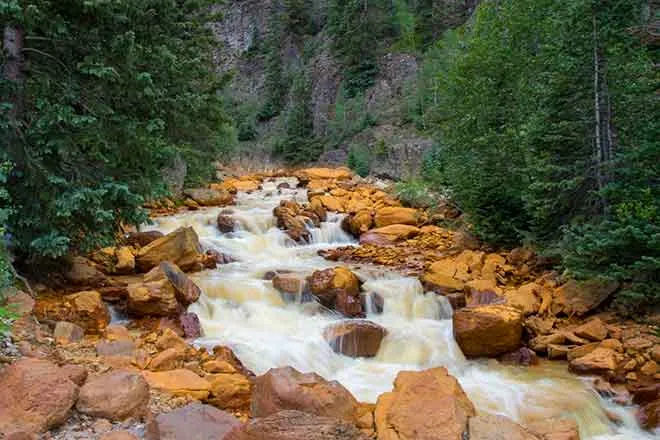
As Colorado adds teachers with 99 percent of positions filled, debate on educator supply continues
(The Center Square) – As the number of teachers and students in Colorado climbs, lawmakers continue to address what they see as a shortage of educators in a state where more than 99 percent of teaching positions were filled last school year.
A report from the Colorado Department of Education found that 99 percent of all teaching positions statewide were filled in the 2021-22 school year. Of the 55,482 teaching positions in the state, 440 remained unfilled for the entire school year. That means 0.79 percent of all teaching positions statewide were unfilled during the most recent school year.
About 2 percent of all teaching positions were hired through a shortage mechanism, such as hiring long-term substitutes, retired educators, alternative licensure program candidates and emergency authorization candidates, according to the report.
The number of teachers and students has increased in Colorado over the past decade. In 2020-21, Colorado had 883,199 students and 57,625 teachers, according to the National Education Association, the largest teacher union in the country. That's up from 876,999 students and 56,916 teachers in 2013-14, according to the NEA.
Jeremy Meyer, a spokesman for the Colorado Department of Education, said alternative pathways to the classroom "have proven to be successful for teachers and students." However, some such teachers may need additional support.
"For those that come to teaching with limited or no clinical experience, they can sometimes find it challenging," he said. "Strong supports provided by the school and district leadership as well as strong mentor teachers within the school are strategies that help support smooth transitions for those educators who enter the classroom through a shortage mechanism, such as emergency authorization or alternative educator preparation."
Meyer said the state still needs educators.
"While CDE has seen signs of improvement in filling the educator pipeline, the need for educators continues to be a focus in Colorado," he said. "Districts must place a talented educator in every classroom, but that's harder in some cases than others. CDE continues to see a low supply of qualified educators in some content areas, such as special education, math, science, and school counselors, and in some geographic areas, such as our rural school districts."
The report noted a lack of special education teachers.
"Analysis of the percentage of positions unfilled by subject area revealed a statewide shortage in special education," according to the report. "Three special education subject areas ranked in the top seven shortage areas."
The hardest jobs to fill included deaf and hard of hearing specialists and visually impaired specialist positions, both of which are special education positions, according to the state report.
In the 2021-22 school year, the average pay for the state's 54,047.8 full-time equivalent teaching positions was $60,168, according to a salary report from the Colorado Department of Education.
Efforts to increase teacher pay have helped the state's educator pipeline, Meyer said.
"Effective strategies include ensuring that Colorado has pathways to licensure that are flexible, reducing the financial barriers to obtaining a degree and educator license through the use of grants and stipends, ensuring that every district offers a living wage salary for beginning teachers, providing housing stipends and signing bonuses to offset the cost of moving for educators, ensuring strong principal leaders and mentor educators in every school building that focus on intentional supports for new educators," he said.
Colorado Education Association President Amie Baca-Oehlert wasn't immediately available for an interview. The Colorado Education Association represents more than 39,000 educators in the state.
Jefferson County Public Schools is the second largest school district in Colorado, with 71,006 students in 2021. That district's pupil-teacher ratio of 16.65 is the lowest going back to at least 2002-03. That's as far back as online data is available. The district has lost 9 percent of its student enrollment from 2012 to 2019, while the number of teachers over that nine-year span has dropped by 2 percent.
Gov. Jared Polis signed two bipartisan bills in March aimed at addressing teacher supply issues. House Bill 22-1057 temporarily waives the number of days that retired teachers can return to the classroom as substitute teachers. House Bill 22-1101 makes an existing program permanent that allows retired teachers to return to the classroom on a substitute basis without losing any of their pension benefits.
Earlier this month, supporters of a measure that proposed increasing Colorado public education funding by $980 million failed to submit enough signatures by the state's deadline, meaning it won't appear on the November ballot.















